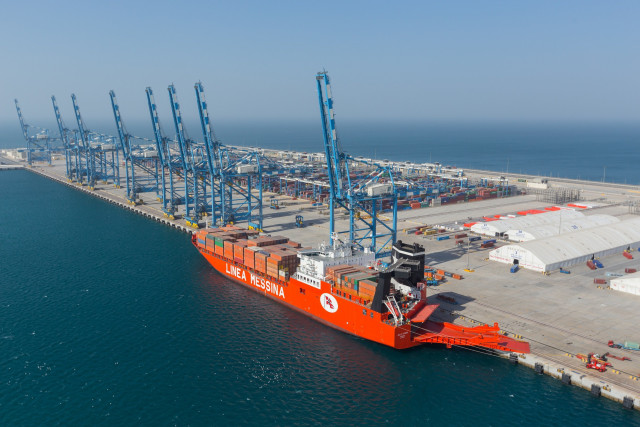Restructuring the export sector
Majority of the exports made by Pakistan are agriculture based

PHOTO: AFP
Pakistan is an agriculture-based country so there should be no doubt that majority of the exports made by the country would be agriculture based: Fruits, cotton fibre, raw cotton, yarn, thread, knitwear, bedwear textiles, clothing, carpets, sports goods, leather goods including belts and shoes, carpets, rugs, white and red meat, chicken, milk, wheat, seafood, vegetables, processed food items and, rice and maize.
All the incentives both monetary and financial that the government periodically allows to the export industries, especially to the textile sector, have so far ended up making no difference to export promotion but have enriched a handful of exporters without having had any positive impact on export - volume-wise as well as in value terms.
After surrendering a significantly big part of international textile clothing market to its regional rivals, especially Bangladesh, since the abolition of quotas, Pakistan is now fast losing its cotton spun yarn markets to the much cheaper products from Vietnam.
Vietnam’s net yarn export of over 40pc in recent years is paralleled by the large rise in China’s investment in spinning in Vietnam alongside wholesale relocations of some firms.
Cotton consumption for Vietnam’s domestic yarn utilisation has also shown impressive growth, more than doubling. Thus, more yarn is being exported to China by Vietnam, eating into Pakistan’s share of yarn export to our big northern neighbour. The International Cotton Advisory Committee estimated that Vietnam’s cotton consumption had surged by 22pc to 1.1m tonnes in 2015/2016 and Bangladesh’s by 13pc to 1.1m tonnes compared with the 12pc decline to 2.2m tonnes in cotton use by Pakistani factories.
The increasing cotton consumption in Vietnam and Bangladesh — both the countries grow very little cotton, and heavily rely on imports to meet their industry’s demand — is attributed to the lower cost of production due to cheaper energy and labour in the two countries.
Pakistan needs to diversify its exports not only in terms of commodities but also in terms of markets. Heavy concentration of exports in few commodities and few markets has led to export instability. Other issues which need to be addressed include low value added and poor quality, obsolete use of machinery and technology, higher wastage of inputs adding to the cost of production, low labour productivity, little spending on research and development, export houses lacking in capacity to meet bulk orders, inability to meet requirements of consumers in terms of fashion and design, non-adherence to contracted quality and delivery schedule and lack of marketing techniques.
Pakistan also needs to do some original thinking on the issue of exports by studying the needs of land-locked western part of China linking Pakistan and the western neighbour through border regions of Xinjiang and Gilgit- Baltistan.
China’s western region contains 71.4% of mainland China’s area, but only 28.8% of its population. The main components of the strategy chalked out to develop the region include the development of infrastructure (transport, hydropower plants, energy, and telecommunications), enticement of foreign investment and increased efforts on ecological protection. Pakistan needs to explore this market rather closely for improving our exports to the region as well as for relocating low-tech textile units from western China to Pakistan.
Published in The Express Tribune, October 27th, 2018.
Like Opinion & Editorial on Facebook, follow @ETOpEd on Twitter to receive all updates on all our daily pieces.














COMMENTS
Comments are moderated and generally will be posted if they are on-topic and not abusive.
For more information, please see our Comments FAQ